Expeditionary-and-Survivable-C4I
Elbit America’s Expeditionary and Survivable C4I capabilities deliver communication and computing environments that enable networked C4ISR and JADC2/MDO/ABMS for mounted and dismounted Warfighters operating at the edge, with EMCON for survivability.
The products described in this article are currently in development or in production by Elbit America’s 3,500 employees, at its engineering and manufacturing facilities, across seven U.S. states.
SITREP: U.S. Marines use AI and sensor payloads to keep the peace after a short war in a remote Indo-Pacific archipelago.
The unexpected war had been between two nations sharing an historically contested area consisting of a vast but lightly populated archipelago, save for each nation’s highly urbanized capital city. Each nation – Blue and Red – were supported by international coalitions; Blue by the West, Red by the East.
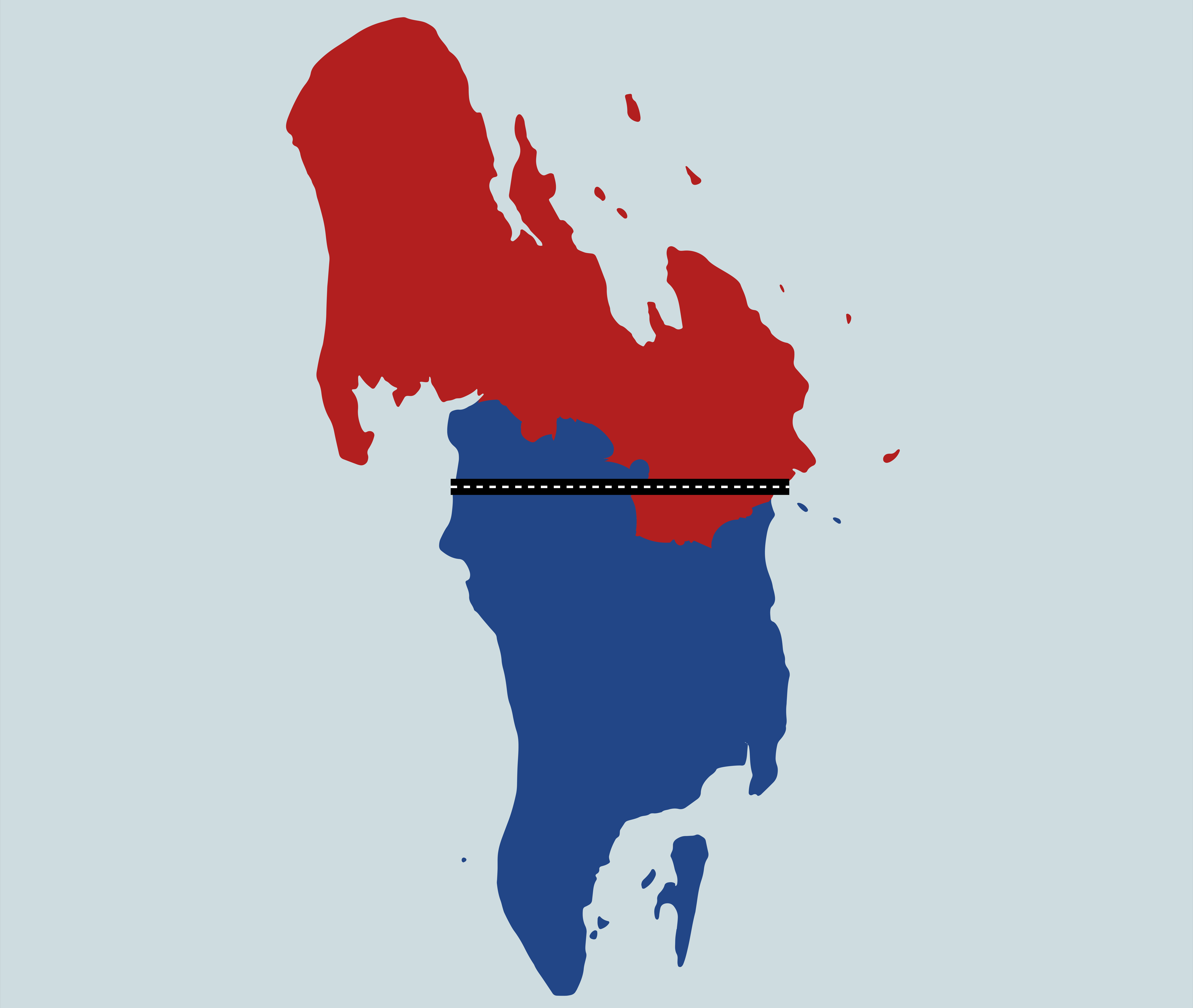
The ceasefire line and surrounding demilitarized zone (DMZ) was finally determined more through exhaustion and exasperation than deliberation and detailed thought. The agreement was made late one night (early morning, actually) by frustrated diplomats, with a less than optimum outcome for either side. As a result, some of each nation’s territory was now controlled by the other.
The conflict had been nasty, brutal and mercifully short, with neither belligerent winning before international pressure forced both countries to cease fire and begin negotiations. The Peace Talks dragged on about the usual things: the size of the room, its shape; the size of the table, its shape, etc.
Meanwhile, the nations regrouped and rearmed. Once they felt strong enough, both began threating to resume combat; only international pressure kept them jawing rather than warring.
But, keeping the peace looked like it might be more difficult than winning the war; with thousands of miles of littorals, hundreds of tropical islands – with many close enough to both country’s capital that advanced weapons could be used against them – amid some of the world’s most productive commercial fishing waters. Vigilant peace enforcement monitoring would be paramount.
The West’s coalition, anchored by the United States, looked at the problem and determined there was only one course of action.
Send in the Marines
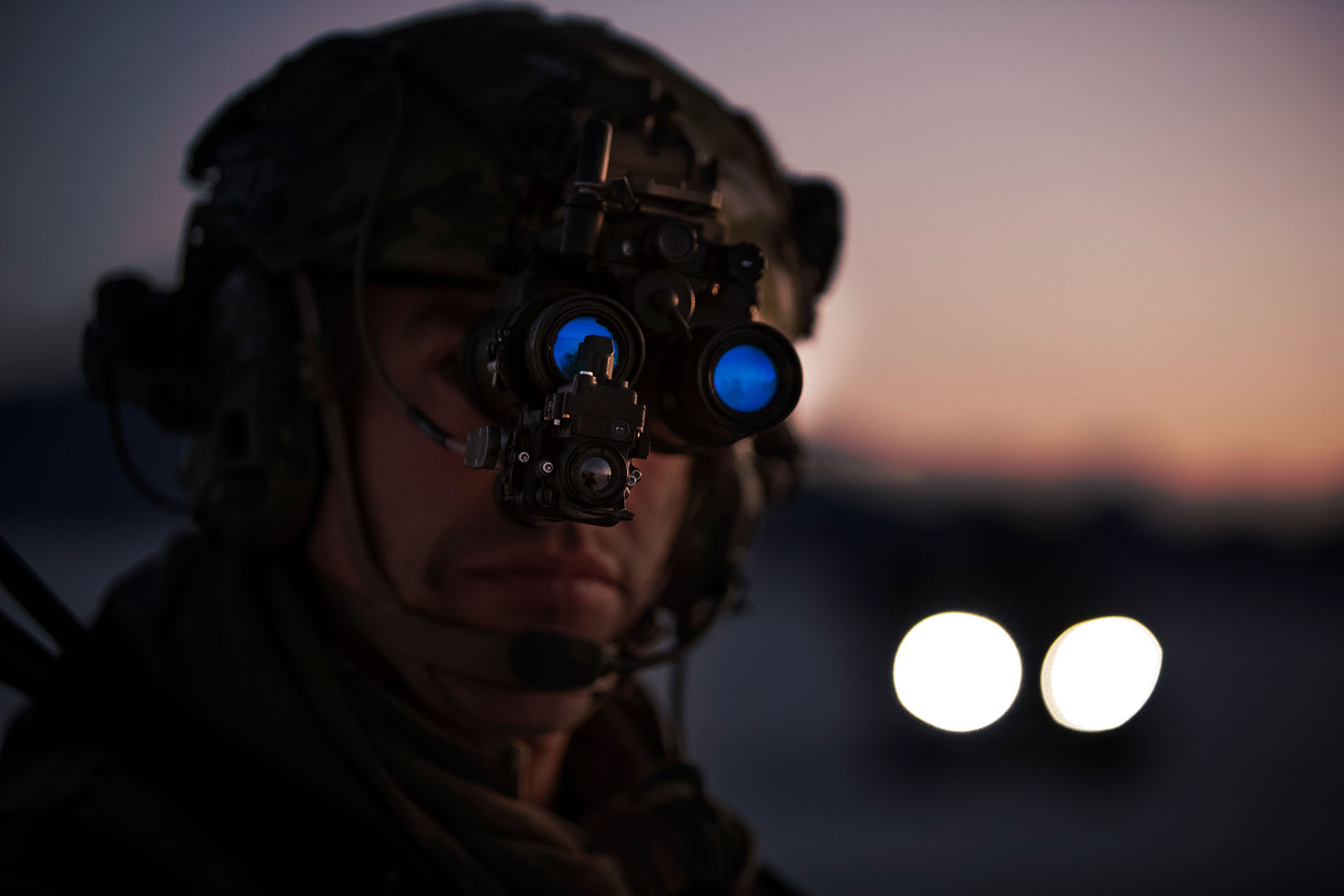
Equipped with lightweight Squad Binocular Night Vision Goggles (SBNVGs), the Marines enjoyed increased clarity, agility and lethality through the fusion of low-light image intensifying and thermal imaging sensors, ensuring they could see without being seen through a variety of weather conditions including the dark of night.
Blue formally requested U.S. assistance, and elements from the 3rd Marine Littoral Regiment (MLR)– already operating in the area, was determined to be ideally organized, trained and equipped for this complex mission where technology would augment the reach of manpower.
Once there, the Marines provided persistent surveillance of the ceasefire line, the DMZ, and hundreds of vessels of all sizes that fished the archipelago’s contested waters, all while training Blue’s military to eventually do it themselves.
A key tool in the MLR’s toolbox was MA-DOSS (Mobile All Domain Observation and Sensing System), a family of autonomous surveillance systems that uses artificial intelligence, machine learning and automated target recognition to reduce the cognitive and physical workload of Marines during distribution operations.
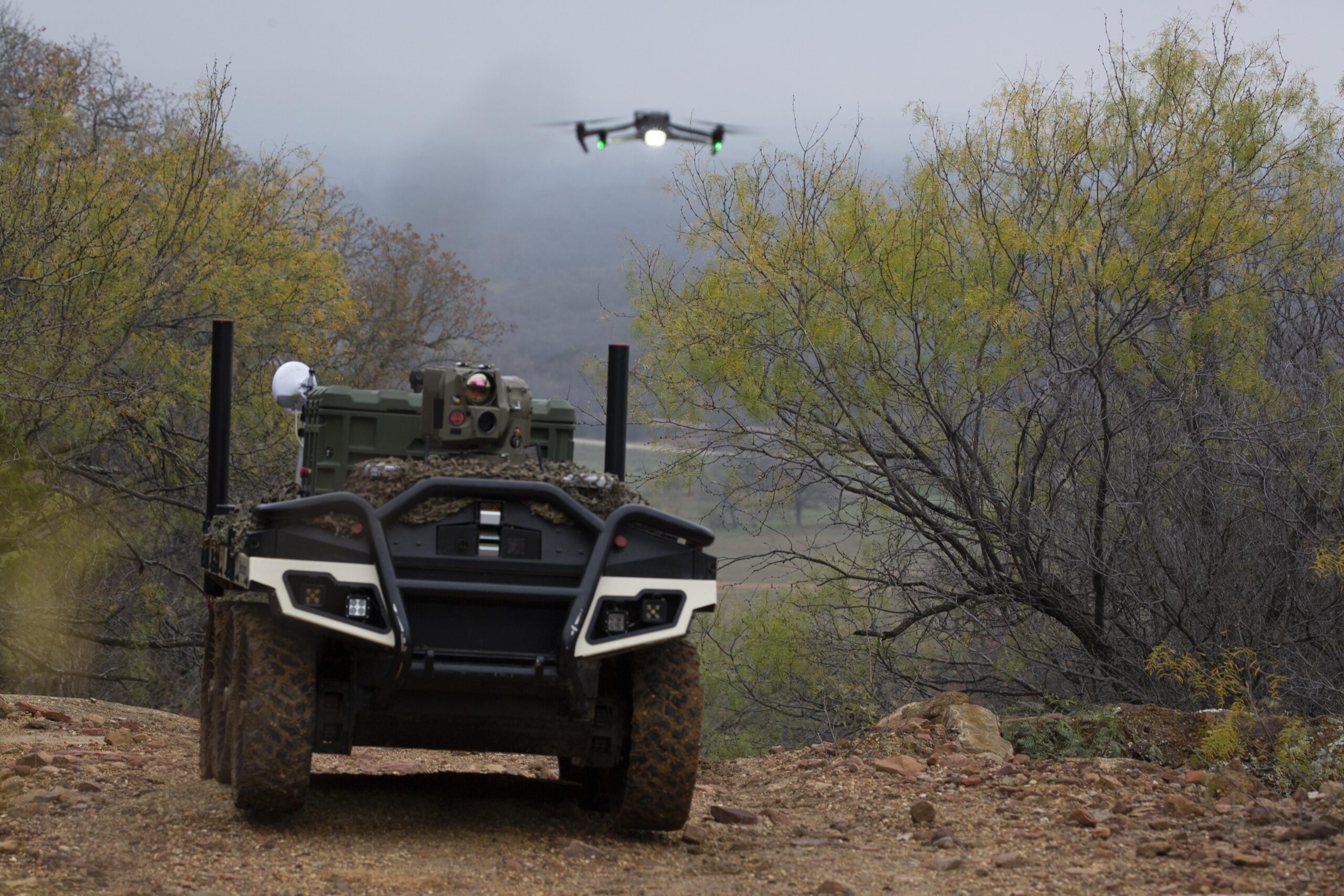
The M/A-DOSS family-of-systems is in development by Elbit America’s software and systems integration engineers across the company’s U.S. locations, using a variety of in-house and out-sourced solutions, including UGVs and small UASs. When appropriate, technology from across the Elbit Systems group of global companies is used, with an eye towards onshoring production and support of those products.
Deployed by MV-22s and surface connectors, trailer-mounted towers — with EO/IR sensors and AESA X-band radars – were placed on island hilltops to provide persistent wide area surveillance of the air littorals; from the surface of the land and water to about 1,000 feet of altitude, this domain is the hunting ground for numerous small, fast and deadly UAS, low flying aircraft and other munitions. Using sophisticated radars like MATR-X that can simultaneously detect, track and target thousands of targets, the non-kinetic counter-UAS systems like ReDrone that the Marines brought with them were ready to defend against kamikaze drones and swarming attacks by jamming and disrupting their command signals.
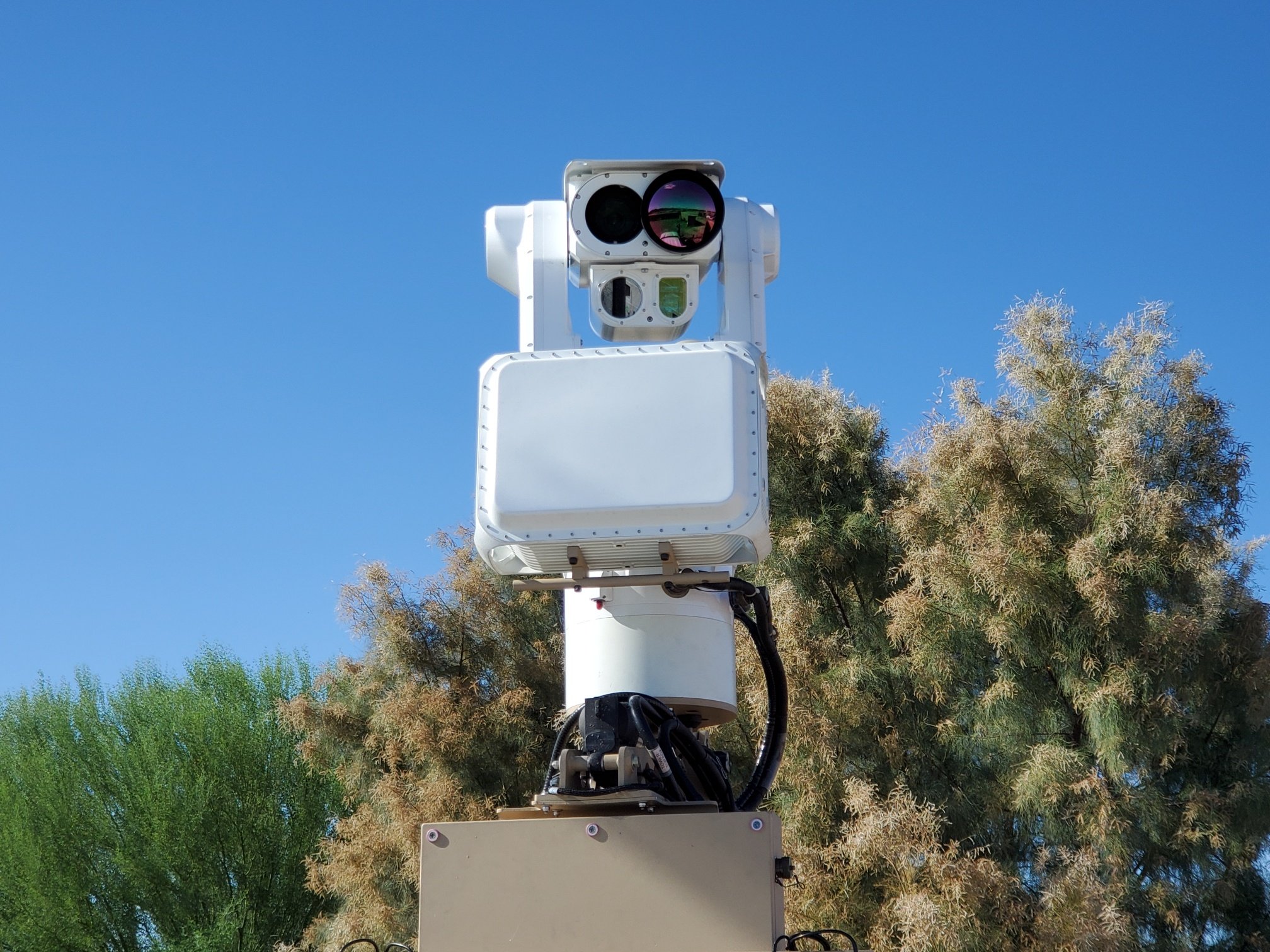
MATR-X is a new multimode X-band AESA radar that can be used for multi-mission (Air, Sea and Ground) surveillance and active protection of vehicles. It has been proven in the field to successfully track thousands of slow and small as well as fast air, ground, and surface targets simultaneously, even amid the clutter of the air and maritime littorals.
Unarmed tracked, wheeled and even four-legged unmanned ground vehicles (UGVs) with similar sensors were deployed, programmed to enter the DMV and patrol the ceasefire line.
Where necessary, their amphibious capabilities allowed the tracked UGVs to conduct hydrographic survey from a surface vessel to the shore to establish a landing site and look for underwater obstacles.
The wheeled UGVs could deploy tethered Unmanned Aerial Systems (UAS) to provide greater surveillance. And, the legged UGVs could support security patrols where the tracks and wheels could not go.
Untethered UASs flew among the fishing vessels to get close up views of the mariners and their cargo. They also performed autonomous, collaborative swarming, which on more than one occasion proved to be a non-lethal way to deter some aggressive actions by poachers, pirates and others attempting to illegally overfish or engage in potentially threatening behavior.
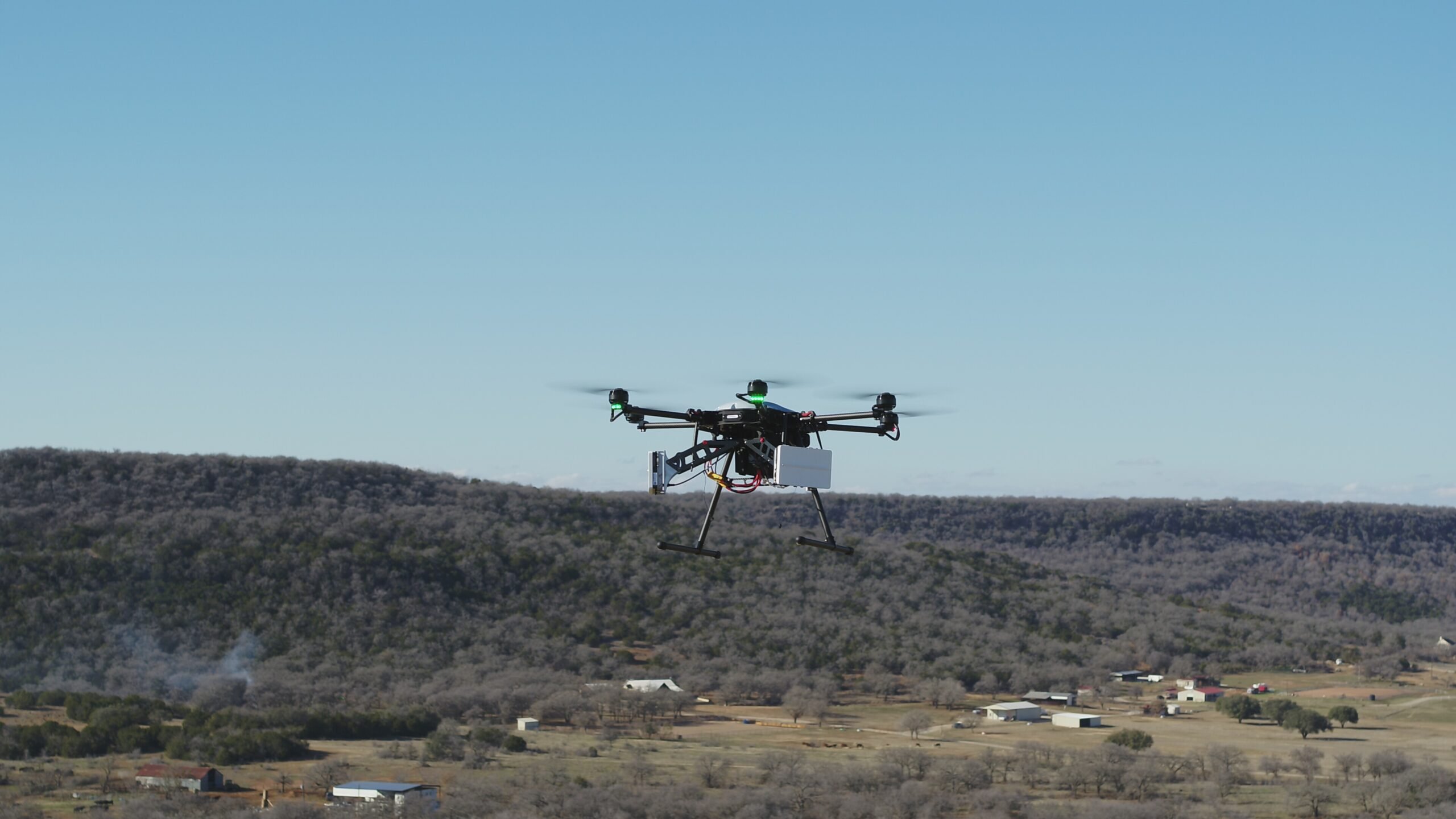
Musketeer is a system of swarming UAS technology leveraged from Israel, and jointly developed by Israel and the United States. Elbit America is onshoring the capability for potential U.S. military use.
Both the UGVs and UAS deployed unattended ground sensors to provide additional force protection and provided continuous monitoring of recently cleared terrain and Red’s likely avenues of approach into the DMZ.
Actionable Intelligence
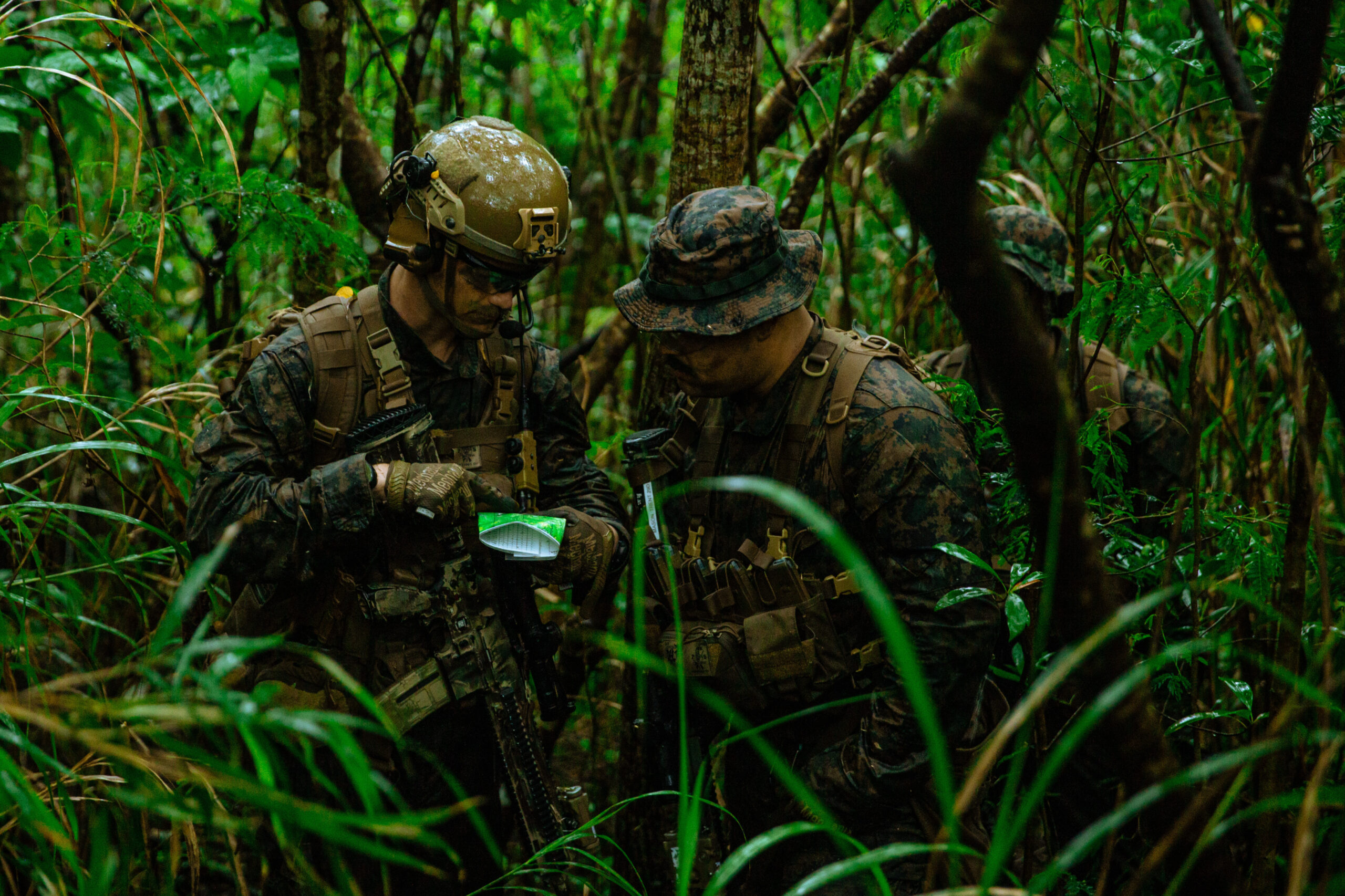
Common Operating Picture (COP) software is used today by the U.S. Border Patrol (USBP). It is the digital backbone of their border surveillance systems, fusing data from a variety of sensors and sources to provide situational awareness through a shared understanding of the operating environment. This enhanced situational awareness is displayed on Border Agent Team Awareness Kit (similar to the U.S.M.C. Tactical Assault Kit) devices. Incorporating AI, machine-learning and autonomy to remove false alarms, it frees users to do other critical tasks unless alerted by the system to respond to verified incidents.
All this data was shared over a network that provided a common operating picture to Marines and the Joint Force in mobile command posts – lighter weight cousins of the U.S. Army’s CPI2 vehicles integrated on the joint light tactical vehicle (JLTV). This allowed a relatively small number of Marines and their Blue allies to virtually patrol their expansive Area of Responsibility, using networked information to aide in their decision-making, and keep persistent vigilance over the DMZ.
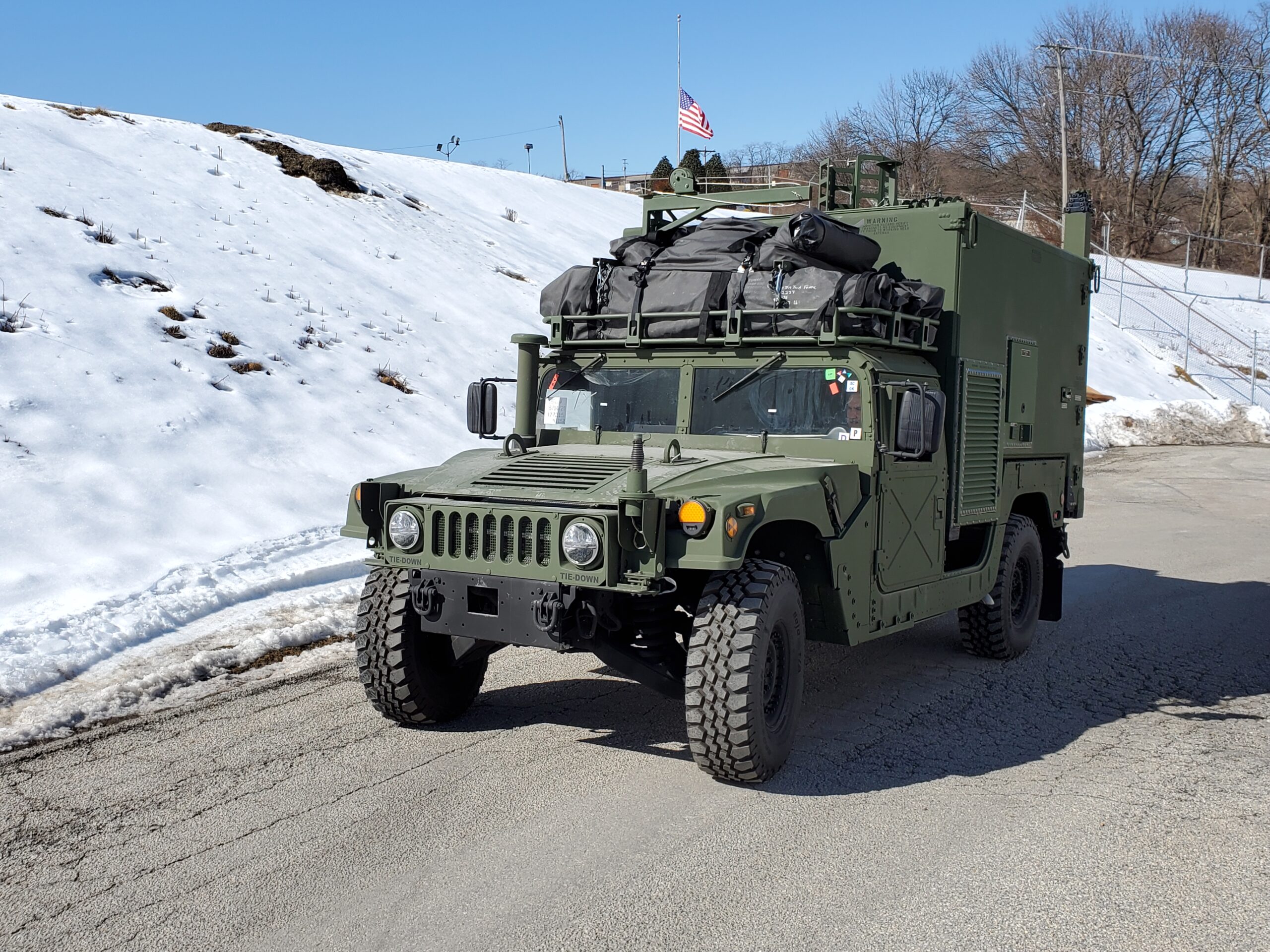
CPI2 – a U.S. Army program that has begun initial fielding of the system – was originally built at the company’s Fort Worth, Texas, facility, with high-rate production, transitioning to Elbit America’s newly established factory in North Charleston, South Carolina.
When and where necessary, the systems alerted the Marines to items of interest that warranted additional, human investigation. Quickly, the AI learned and improved, increasing true alerts and decreasing false alarms.
Red often complained that these systems were physically crossing the ceasefire line, but each time the Marines were able to show proof that the systems never crossed into Red’s territory.
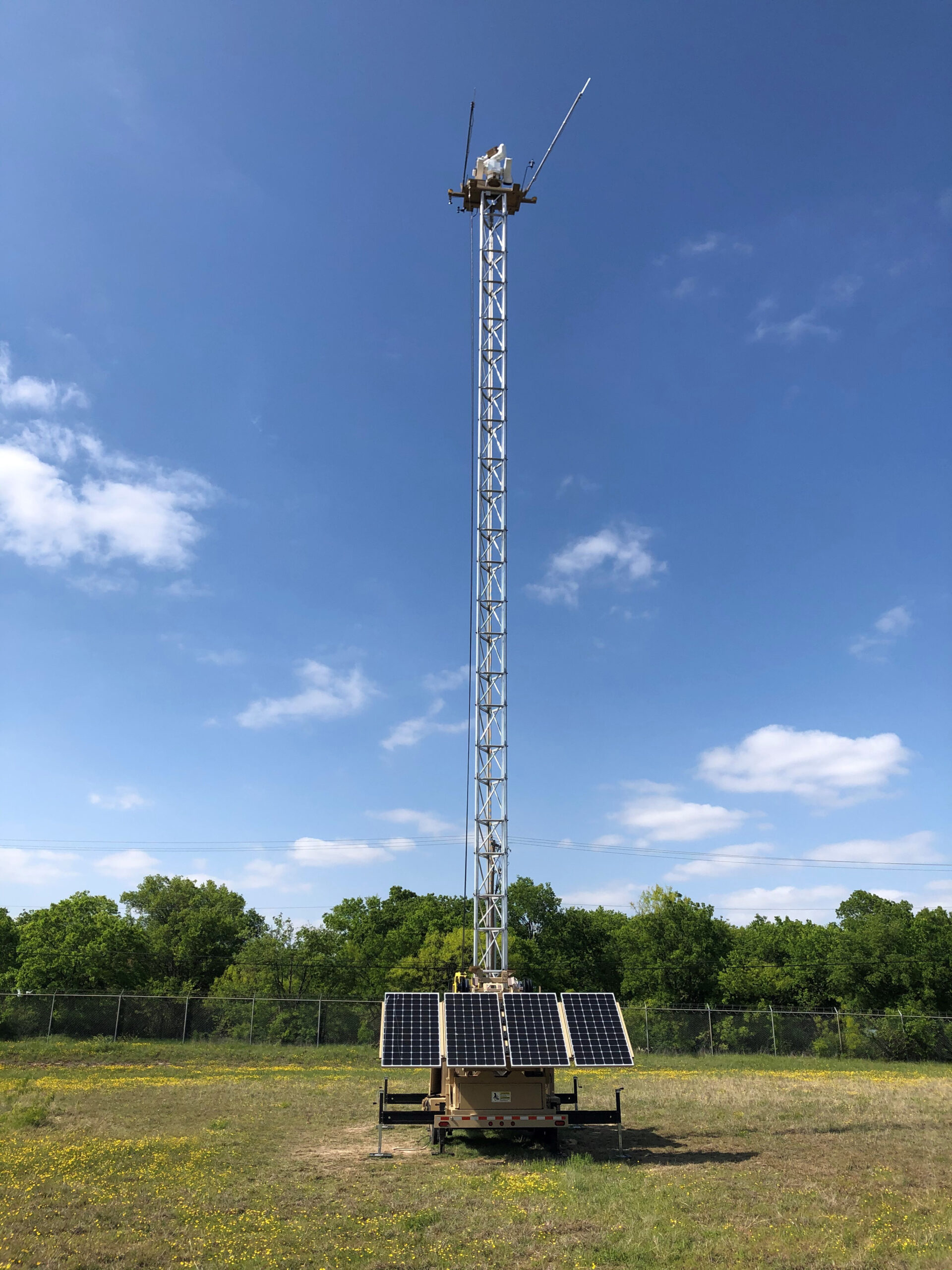
Derived from the Elbit America Integrated Fixed Towers (IFT) program for USBP – operational today along the Arizona-Mexico border – mobile, truck- and trailer-mounted surveillance solutions (pictured) for military and federal law enforcement could be used to meet joint force EABO and Resilient Basing needs.
Across the range of military operations (ROMO), smart technology increases Marine survivability and combat effectiveness by complicating an adversary’s targeting, while enabling the Marines’ increased lethality through greater situational awareness, agility, and evolves targeting from a kill chain to a kill web.

Made in New Hampshire by Elbit America, the Common Laser Range Finder-Integrated Capacity (CLRF-IC) gives dismounted Marines a handheld targeting system that integrates a rangefinder, day and night cameras, GPS, and celestial north finding to Forward Observers.
In peace, it was keeping Red from sneaking weapons into the DMV, within range of Blue’s capital, a key ingredient to victory should it decide to resume hostilities.





















